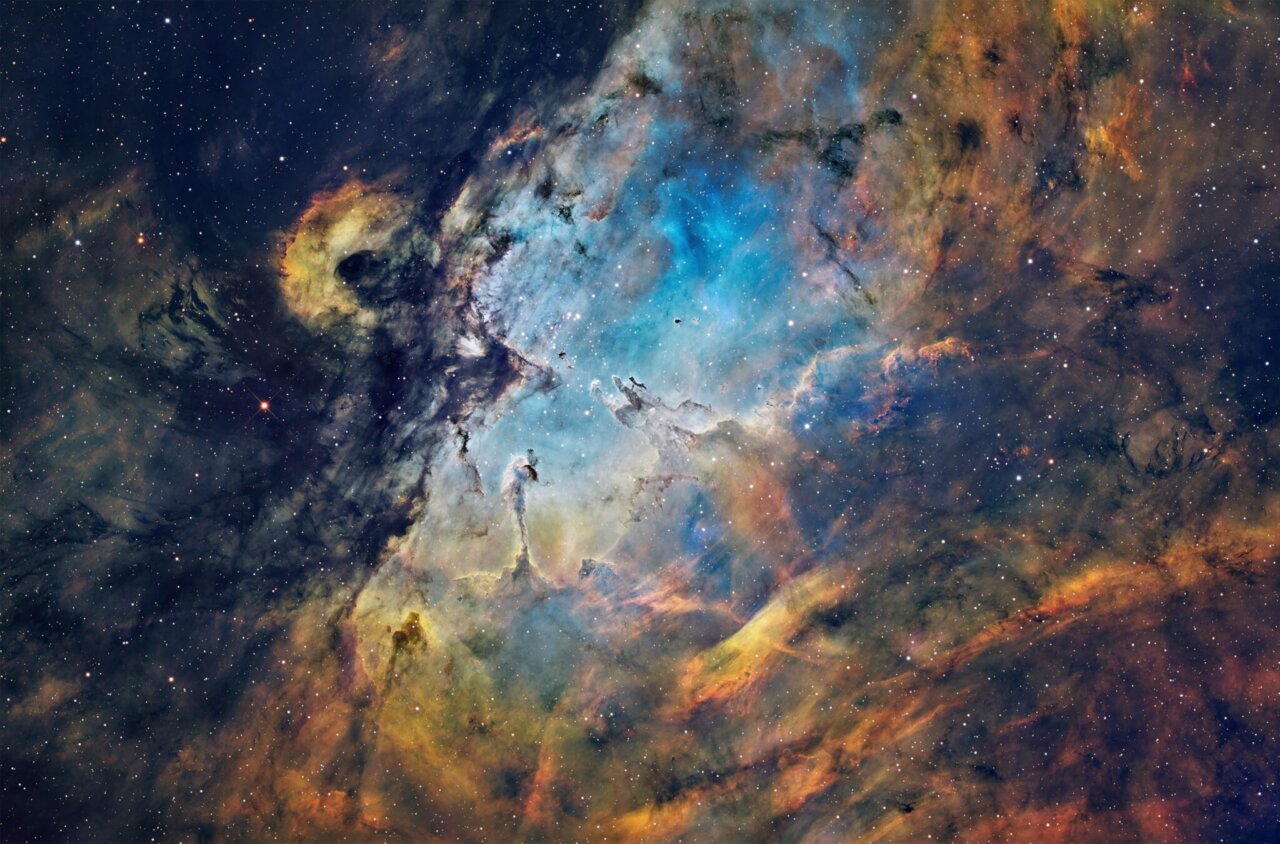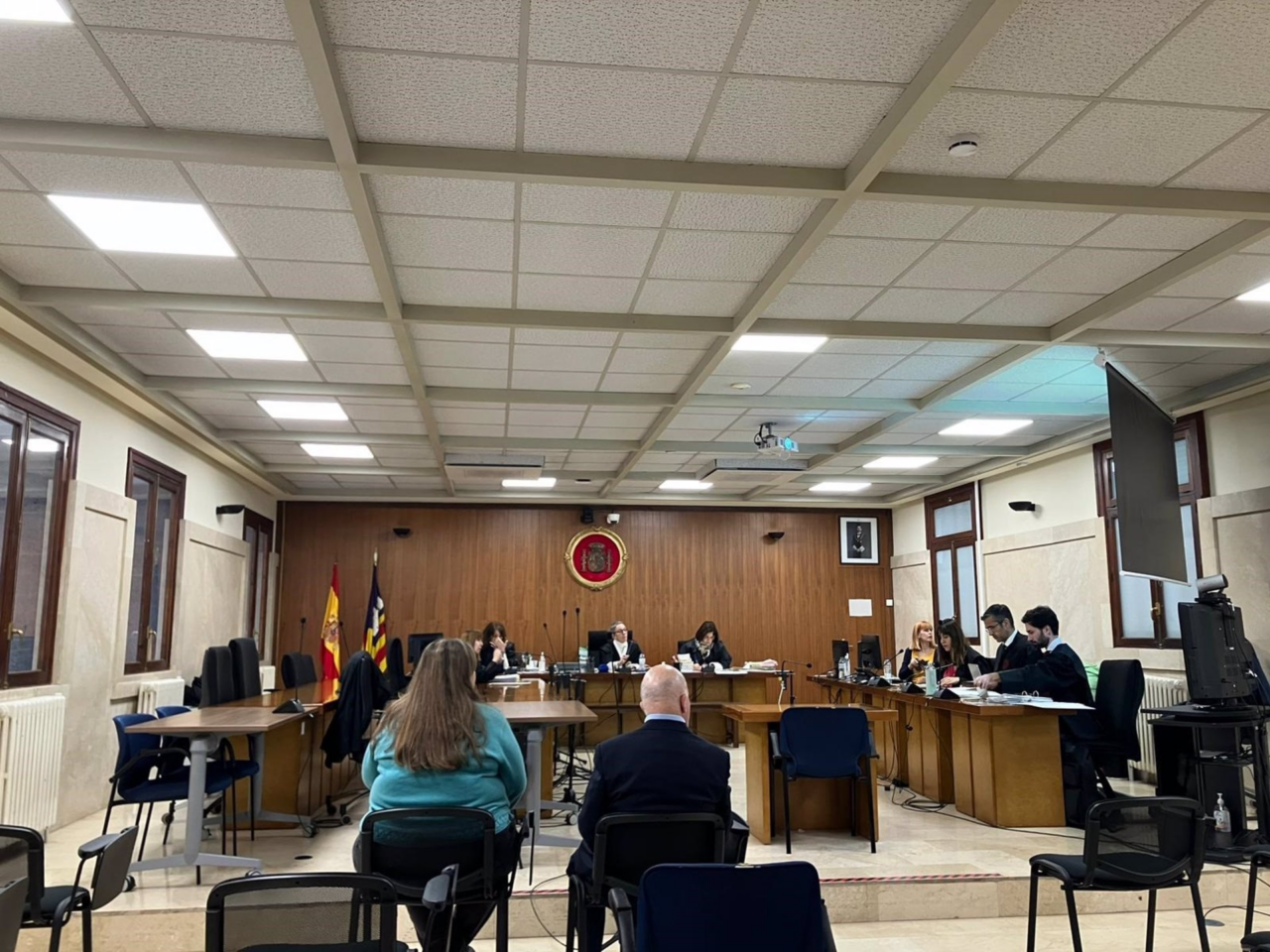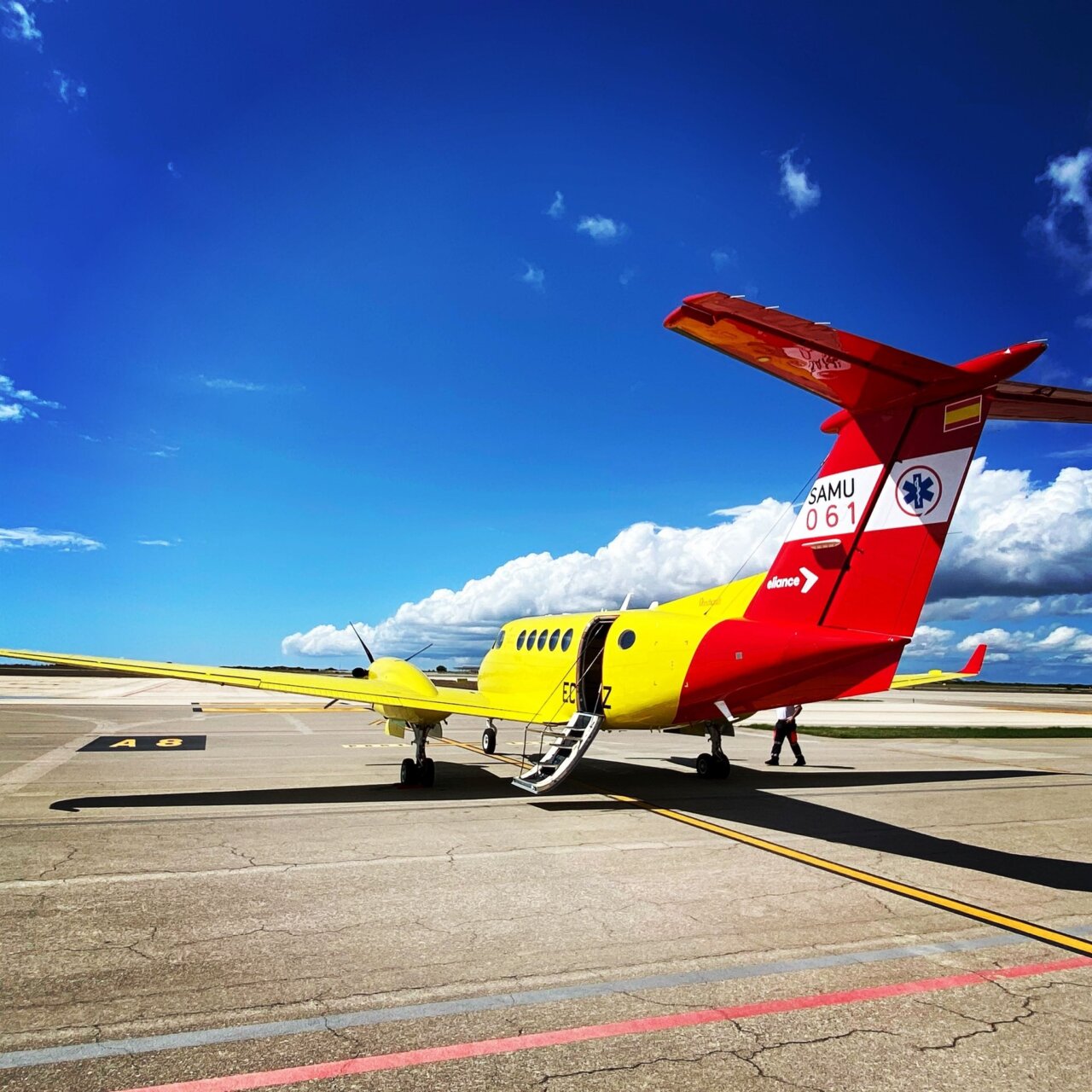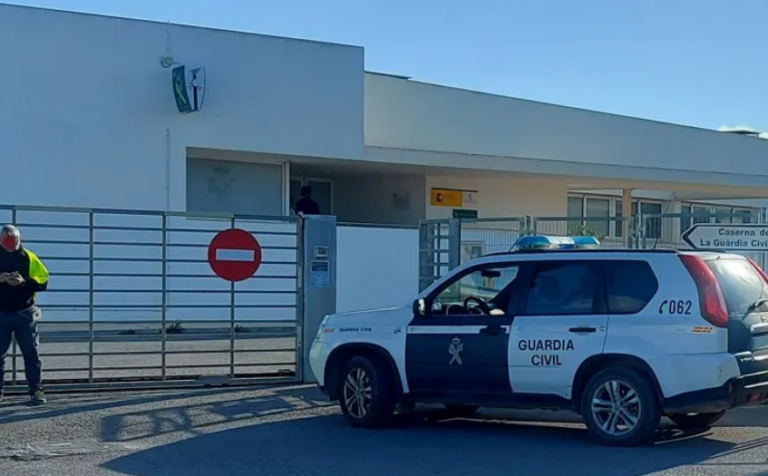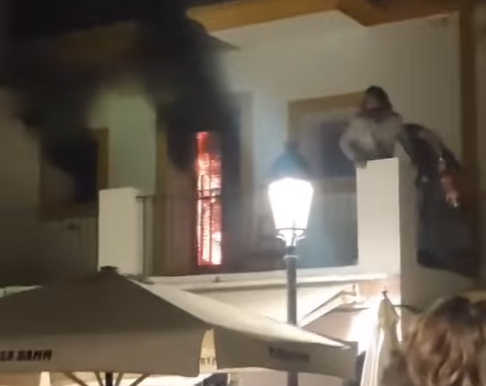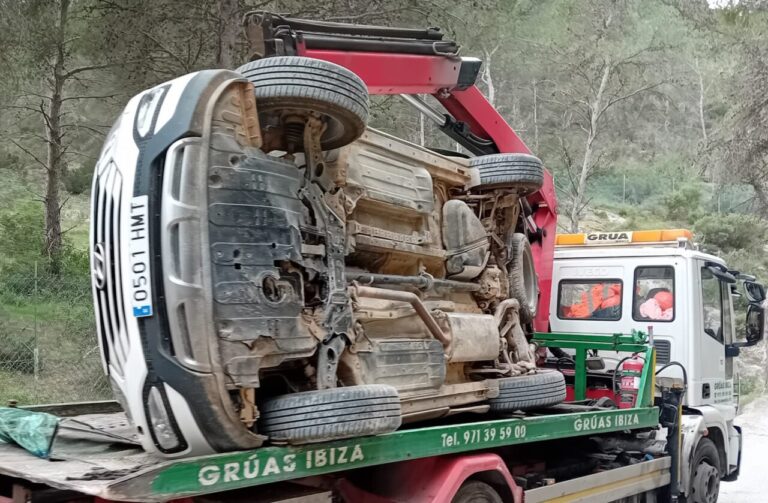The Cala d’Hort Observatory, managed by the Agrupación Astronómica de Eivissa (AAE) and property of the Consell de Ibizahas released two spectacular deep space images captured with its main telescope. The photographs, which require long exposures and advanced processing, accurately reveal the structures of the Eagle Nebula (M16) and the Alma Nebula (IC 1848), located 5,700 and 7,500 light-years away, respectively.
The Eagle Nebula, located in the constellation of the Serpent, is a huge cloud of hydrogen gas inside which stars are being born. The image, obtained after 42 hours of exposure over several nights, is remarkable for its impressive detail, showing the “columns of creation”, iconic structures of gas and dust that harbor new stars in formation. The Alma Nebula, in the constellation Cassiopeia, was photographed after 27 hours of exposure. This nebula is formed by massive stars that heat the gas around them, making it glow and creating shapes that appear to be carved out of the cosmos. Both images were captured using specific filters for hydrogen alpha, oxygen III and sulfur, which allow to identify the chemical elements present in the nebulae and enhance their colors. These photographs have been processed by AAE member astrophotographer Mar Mérida, who pointed out the complexity of capturing the light emitted by these structures at such extreme distances. “Every visible detail is the result of hours of exposure and careful processing to reveal the richness of deep space,” she explained.
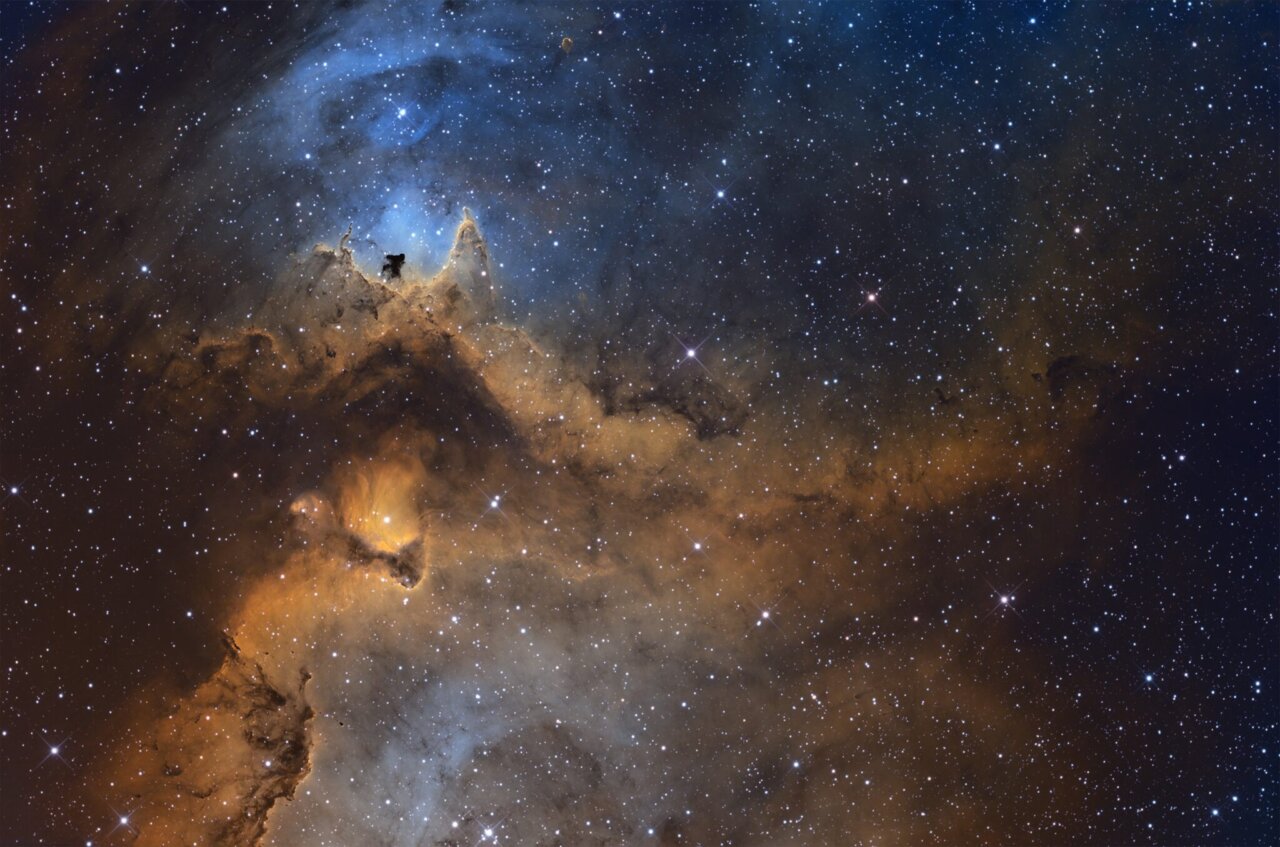
Science and outreach in Ibiza
In addition to its work in astronomical photography, the Cala d’Hort Observatory collaborates regularly with the Instituto de Astrofísica de Andalucía (IAA-CSIC) in scientific projects. In 2024, one of the main works consisted in monitoring stellar occultations by trans-Neptunian objects, with the aim of analyzing their configuration and morphology. Although Cala d’Hort stands out for its scientific approach, it also opens its doors to the public with activities such as the ‘Nits d’Estels’. During these summer sessions, small groups of visitors were able to observe nebulae, galaxies and star clusters while learning to identify constellations with the naked eye. The Agrupación Astronómica de Eivissa also managed the Puig des Molins Observatory, oriented to popularization, which received 1,800 visitors in 2024. On the other hand, it organized outstanding activities such as the EXPOMAART exhibition, dedicated to the Martian surface, and a conference by the Spanish astronaut Sara García Alonso, which brought together more than 300 people.

